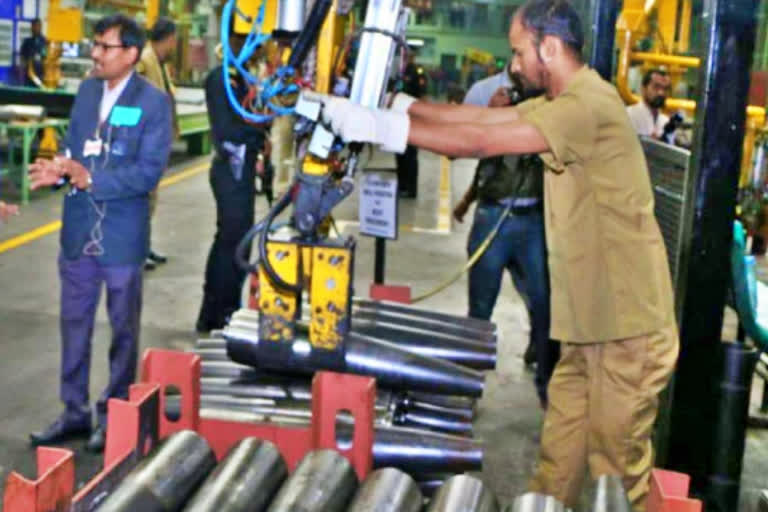New Delhi: About ‘one-third’ of the total storing space in the Indian military’s three leading Central Ordnance Depots (COD) are stacked with items that cannot be used or have been rendered useless by the Indian military, a performance audit by the Comptroller and Auditor General (CAG) has pointed out in a report that was recently laid down in the Lok Sabha.
The national auditor had included the three CODs at Agra, Dehu Road and Kirkee (both near Pune in Maharashtra) in the scope of its audit which included depot activities like automation, inventory management, internal control etc. in the five-year period from 2014-15 to 2018-2019 including provisioning activities at the three CODs for 2019-20.
What is perplexing is that these ‘unusable’ items occupy valuable space in the depots while critical and vital stores required by the Indian armed forces and paramilitary are not available. The main aim of the CODs is to make available all kinds of stores required to raise and maintain efficient and effective fighting Army units at the right time, in the right quantity, at the right place and at the right cost.
The CAG said in its report: “Audit analysis revealed that 31% of authorised inventory in the three depots comprised non-moving items which included ‘obsolete’, ‘obsolescent’ and ‘surplus’ items.” “In COD Dehu Road, 27% and in COD Agra, 57% inventory held was ‘non-moving’ that cannot be put to use, CAFVD (Central Armoured Fighting Vehicle Depot) Kirkee was holding 15% of authorised as non-moving.
Also read: 'Ordnance depots failing to meet up to 77% of military requests'
The value of 22.44% of non-moving inventory (where rates were available) in the three central depots worked out to Rs 272.05 crore.” ‘Non-moving’ items are those which have neither been demanded nor issued for more than five years. ‘Obsolete’ equipment or stores are those for which approval has been given for its withdrawal from the services while ‘surplus’ items are those serviceable and repairable stores that cannot be utilized against present or anticipated requirements over a period as decided from time to time by Army Headquarters or which are liable to deteriorate by the time they could be issued in the normal course of events.
The CAG report adds: “As a result, on one hand, major resources such as storage space and manpower of these depots were engaged in maintaining a large quantum of ineffective inventory, on the other hand, depots were facing shortage of storage accommodation and serviceable stores were lying in the open.”
On Monday, ETV Bharat reported how an audit analysis of the demand satisfaction level with reference to the demands received at the selected CODs/ODs revealed that the depots were unable to issue the stores demanded by the units and the average actual inability percentage for the period 2014-15 to 2018-19 ranged between 48.80 per cent and 77.05 per cent.
As per existing provisions, all demands from the users’ units are to be honoured within 22 days of receipt of the indent. Stores which are not available for issue from stocks in that depot are maintained as “dues-out” by the depot. As of March 2019, the number of users’ demands that were outstanding after having crossed the 22-day timeline stood at a staggering 6,49,045.



